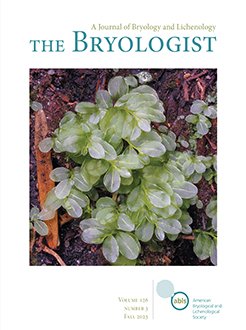The bryophytes are the second largest group of land plants and are represented by three lineages: Marchantyophyta (liverworts), Anthocerotophyta (hornworts), and Bryophyta (mosses). They occupy a wide variety of habitats, from deserts to Antarctica, and exercise great ecological importance. These facts and their wide use in traditional medicine raise the question of what is known about moss chemistry. This paper gathered studies from the last 52 years about the compounds identified in mosses, aiming to address the following questions: Are mosses chemically under-studied? How many families, genera, and species of mosses have been chemically studied? Which continent and countries have been responsible for the majority of these studies? A literature search was performed in major scientific databases, using a combination of keywords. A total of 199 papers were compiled, of which 45% were published during the last decade. Only a small percentage of moss species has been studied, mostly from Europe and Asia. Dicranales and Hypnales are the most studied orders. In general, fatty acids and flavonoids are the most commonly reported classes of compounds. Biflavonoids and triflavonoids are detected mainly in derived clades of mosses, while coumarins are most reported for basal groups. Akthough only a small percentage of moss species has been chemically studied, most of these studies were published in the last decade—there has been a 135% increase in the number of reported compounds in the last 13 years. The emergence of new equipment, which can produce high-resolution spectra with small amounts of sample, combined with bioinformatics tools, has undoubtedly contributed to the increase of chemical investigation of mosses. Also, advances in the identification and phylogenetics of moss groups are contributing to a better understanding of them generally, which should lead also to increased study of moss chemistry.
How to translate text using browser tools
13 July 2023
A chemistry overview of the beautiful miniature forest known as mosses
Wilton Ricardo Sala-Carvalho,
Denilson Fernandes Peralta,
Claudia Maria Furlan
ACCESS THE FULL ARTICLE

The Bryologist
Vol. 126 • No. 3
Fall 2023
Vol. 126 • No. 3
Fall 2023
biflavonoids
chemotaxonomy
flavonoids
Moss compounds
spectrometry




